In part 1 of this series, I explored why I found my local community garden inaccessible and generally unwelcoming to disabled people. Now I want to talk about what I did instead to grow some of my own food.
This is my hydroponic garden. It’s not very pretty on the outside, but it’s mine.
Hydroponics is a method of gardening that requires no land or soil. Instead, plants grow in a solution of water and dissolved minerals.
While much of the science was developed by marijuana growers who had to keep plants indoors to avoid law enforcement, hydroponic farms now produce a wide variety of crops all over the world.
NASA has even used hydroponics to grow veggies in microgravity on the International Space Station.
Before I describe how I grew my garden, I want to identify the privileges that allowed me to do so.
I live in my mother’s apartment where there is space for several large shelving units. Electricity, heat, and water are included in her rent.
I have internet access to unlimited articles and tutorials and various online venders. I can occasionally drive to the nearest hydroponics store 40 minutes away.
Living with family has allowed me to reduce my expenses and save what little income I earn. I had a budget of $200 dollars for the initial setup.
One reason I was able to stay under budget was that my relatives have a tendency to make big plans, buy a bunch of stuff, get frustrated by the the difficulty of the project, and quickly give up.
From the scrap heap of their abandoned hobbies, I inherited wire shelving, plastic totes, multiple grow lights, a programmable power strip, pipettes, glass jars, and old seeds that were still viable.
I bought additional seeds with my SNAP benefits.
Along with the perks of my living arrangement come the limitations.
Most hydroponic growing methods use a complex system of reservoirs, pipes, pumps, and air stones to keep the water circulating and provide oxygen to the plants’ roots.
These systems are big, heavy, noisy, and have many mechanical parts that can break. I couldn’t risk flooding my mom’s living room if a pump malfunctioned.
Smaller tabletop setups like Aerogarden are available, but they were out of my price range.
Fortunately, a professor at the University of Hawaii named Bernard Kratky developed a simpler way to keep plants alive that requires no mechanical circulation.
You’ll find many detailed tutorials on the Kratky Method here and here, but this is how I do it. Note that I make no money from the products mentioned below; they're simply the ones I prefer.
I start my seeds in Rapid Rooter grow plugs. The cell on the left contains an oregano seedling.
As Baby Oregano matures, its roots will grow down through the holes in the net pot to feed on the nutrients. The water level gradually drops, leaving a pocket of moist air where specialized air roots form.
Here are the developing roots on a basil plant.
I use a three-part liquid formula from General Hydroponics and make a gallon at a time.
By lowering the pH of the water from 7.4 (slightly alkaline) to 6 (slightly acidic), I ensure my plants can properly absorb the minerals I feed them.
Because the apartment has virtually no sun exposure and a very high ceiling, I needed to attach artificial light fixtures directly to my top two shelves.
The two shop lights on the top produce a bit of heat, so I use that shelf mostly to germinate seeds. The hooded fixture on the second shelf has T5 fluorescent bulbs specially designed for indoor growing.
To prevent light escaping or blinding anyone sitting across from it, I created a moveable curtain using pvc pipe, cable ties, clip-on curtain rings, and poly film that’s white on the inside and black on the outside.
This setup limited the species I could grow, the number of plants I could have at any given time, the height the plants could reach, and the frequency I needed to prune them, but it served my purposes.
Non-circulating hydroponics is best suited for growing leafy greens and herbs. There’s nothing like a freshly picked salad in the dead of winter.
My lettuce grows from seed to first harvest in 30 days. By trimming just a few leaves at a time, I get at least three harvests before the lettuce starts to bolt, and my emotional support tortoise gobbles down even the bitterest leftovers.
Any surplus herbs can be frozen or dried in the microwave in minutes.
This little bunch of supermarket green onions regrew continuously for a year until I had to cull it to make space for other plants.
I’m currently experimenting with extending the life of herbs to produce spices such as dill seed, fenugreek, coriander, and cumin.
Other options for a Kratky setup include spinach, chard, bok choy, kale, radishes, baby turnips and beets, green beans, and snap peas. Larger root crops, rhizomes, and cereal grains are not recommended.
Plants that would grow too large or mature too slowly can still be planted in shallow trays and harvested early as nutrient-dense microgreens.
Fruiting plants are more challenging because the reservoir needs to be partially refilled with different concentrations of nutrients at different stages of growth.
Most varieties of tomatoes, peppers, cucumbers, eggplant, squash, melons, and strawberries will grow hydroponically but only if you have the space for trellises and multi-gallon containers.
Smaller spaces like mine, however, might still grow dwarf varieties. I grew sweet Jingle Bells and spicy Chinese Five Color peppers. The latter were undersized but still packed serious heat.
This upcoming year, I hope to grow Tiny Tim tomatoes and their sweeter cousin, Aunt Molly’s ground cherries.
While my garden was far more successful than I initially imagined, I had my share of failures. I let a few jars run dry and drowned a few plants by refilling the jars too high.
My attempts to grow Saffron crocus from bulbs turned into a moldy mess. My bay laurel seeds and peppercorns never germinated at all.
My first generation of lettuce was thin and limp, but adding a fan to mimic the hardening action of the wind produced a crunchier harvest.
Because my system has no circulation or aeration, I’ve had to battle a few cases of pythium, or root rot. Adding hydrogen peroxide to the nutrients helps, and if the roots are too far gone, I take cuttings above the level of rot and start over.
Is a hydroponic garden right for you? Stay tuned for part 3 where I discuss how disability impacts my gardening and how I make it more accessible.
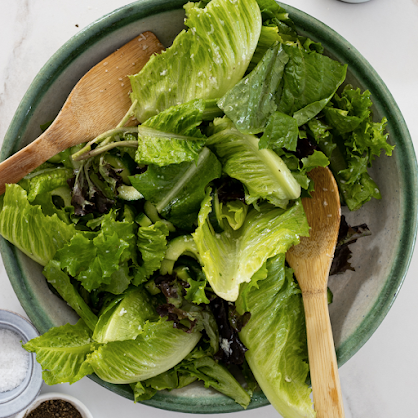
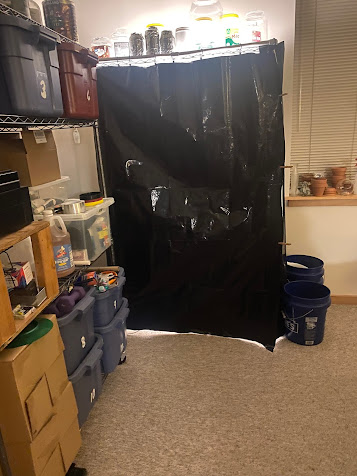
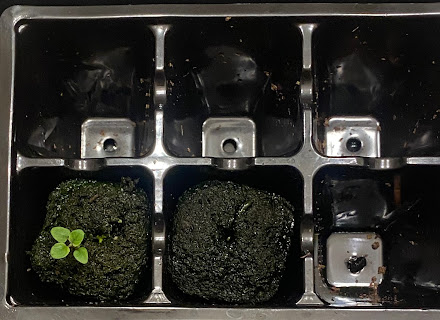

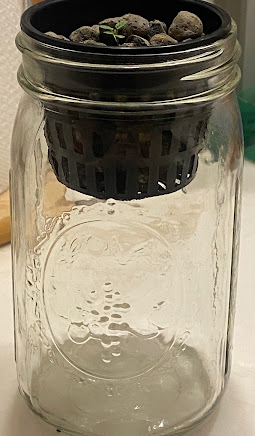




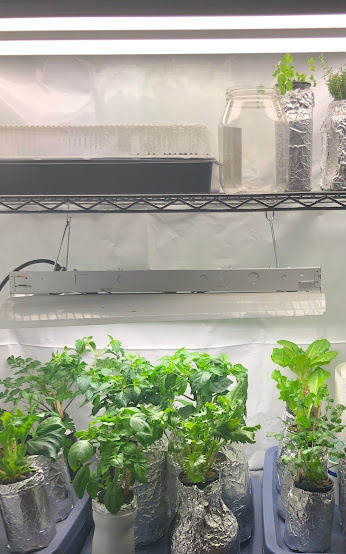



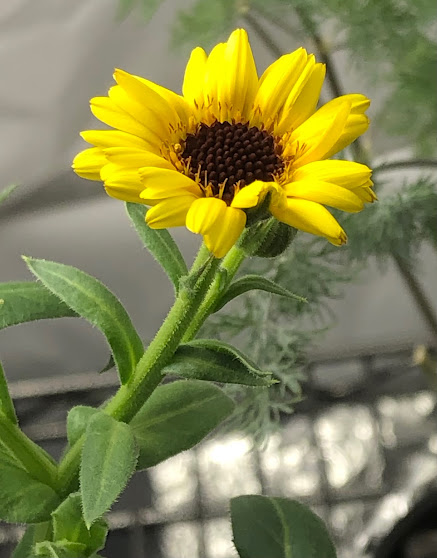
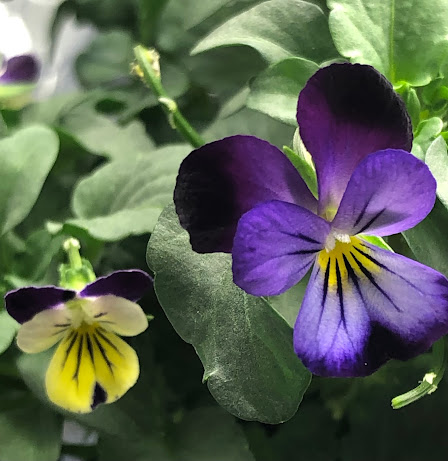

A fan produced crunchier lettuce!?! Brilliant!
ReplyDeleteThat was just crowdsourcing on my part. Professionally designed grow tents have exhaust systems. Mine is open on the top and bottom, so I just use a usb fan.
ReplyDelete